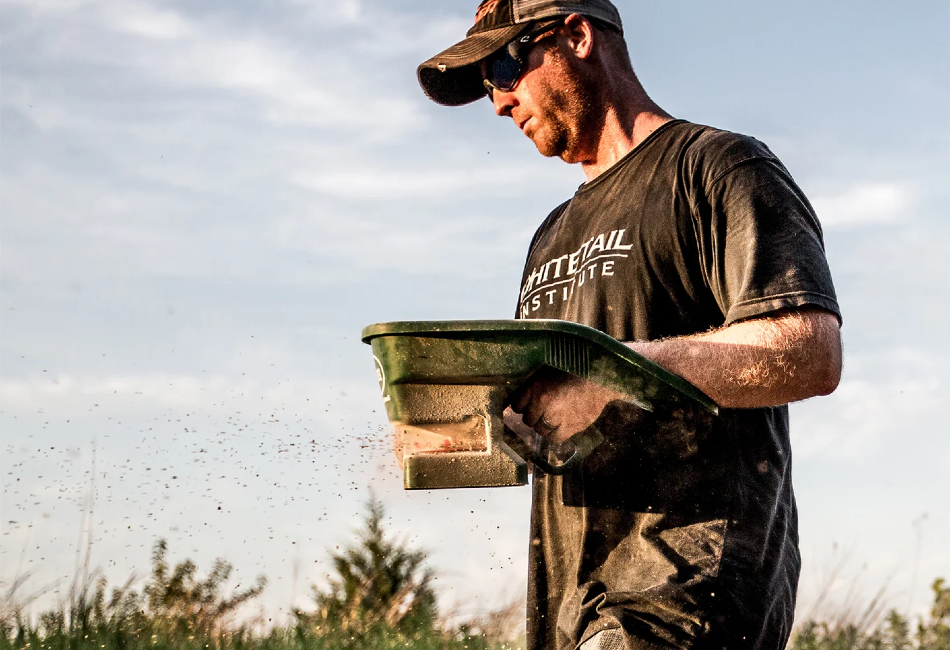For hunters & wildlife enthusiasts, a food plot is an absolute necessity. These areas, cultivated in the fall or spring, are covered in grasses and seeds that attract wildlife, such as deer and birds. These seeds include rape, chicory, clover, and fodder oats. Plots come in various sizes, from a little garden to one acre. But even though creating a food plot is a straightforward procedure, there are a few things you can do to make sure it works out well.
Pick an Ideal Location
Finding a location that works well for planting and is also positioned strategically for your specific hunting setup—whether you want to hunt from a stand or a blind—is essential. Select a somewhat level place since sloping terrain might provide problems for equipment use and soil erosion. Seek locations with deeper topsoil, an excellent and usable soil type, at least five hours of sunshine daily and sufficient drainage. You can draw more wildlife traffic to your plot by planting close to densely covered areas or regions where they are known to graze.
Test the Soil
The first step to a good planting is understanding the PH of the soil you’re using. Acidic soil makes it more difficult for forage seeds to absorb nutrients, which stunts growth. Moreover, knowing the PH makes it simple to address problems with the soil before planting. For instance, adding lime to your food plot can help with low soil PH.
Determine What You’ll Plant and the Fertilizer You’ll Use
Perennial Food Plot Seed kinds may be what you want to sow if you want to use the plot year after year. Consider planting annuals if you want to shift your food plots annually. Find out which plant species are most likely to flourish in the growth zone where you reside. To provide the deer with more overall diversity and appeal, take into account the kinds of feed that are currently present in the region and plant a more uncommon species. Also, consider whether you want to hunt the plot early or late in the season. This is because certain plant kinds only survive till the early fall, while others grow even after severe frosts.
If you buy a seed mix designed with setting up a food plot in mind, pay attention to the fertilization guidelines provided by the manufacturer on the package. However, you can consult your local county agricultural extension board for guidance on the best sort of fertilizer to use if you are purchasing seed in bulk.
Clear & Prep the Soil
Prepare your food plot by hand-trimming the grass, pulling weeds, and mowing it two weeks before planting. Apply a non-residual weed and grass killer to eradicate all undesired plants. Once everything becomes brown, the plot reintegrates dead vegetation into the soil. This improves the soil’s capacity to retain moisture and enhances the interaction between seeds and the soil by adding organic matter.
Maintain the Area
After planting your Food Plot Seed, proper care is necessary to guarantee that the plot thrives appropriately. Until your crops are large and dense enough to overwhelm and stop weed development, watch out for weed growth and remove any that emerge. It’s necessary to hydrate the plot during periods of extreme dryness. Additionally, keep an eye on the fertility of the soil and fertilize again later in the summer if necessary.
Building feeding plots in the late spring & summer can result in increased deer activity on your land and improve your chances of achieving your targets later in the fall for minimal time and financial commitment.

